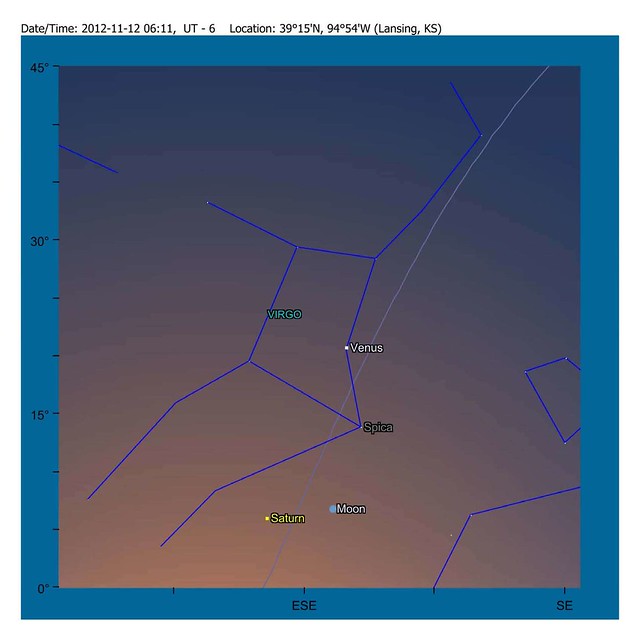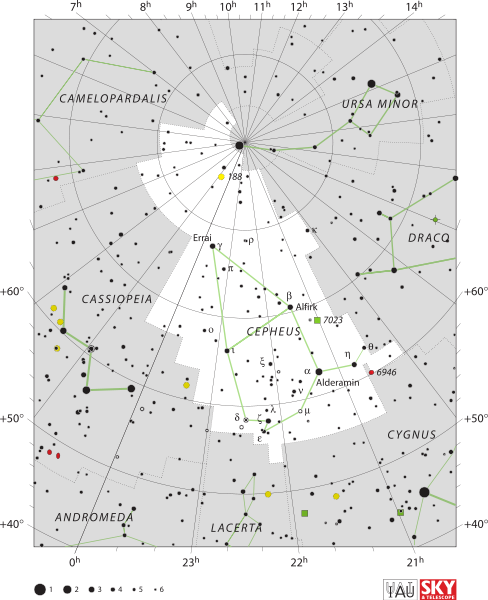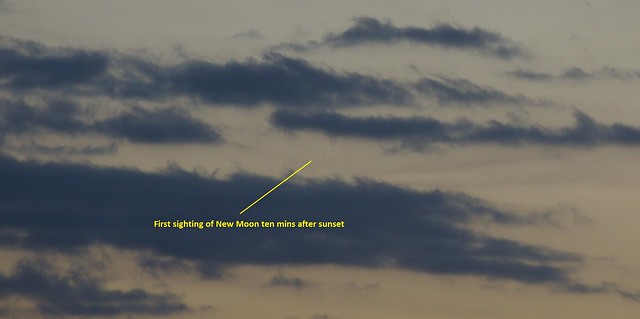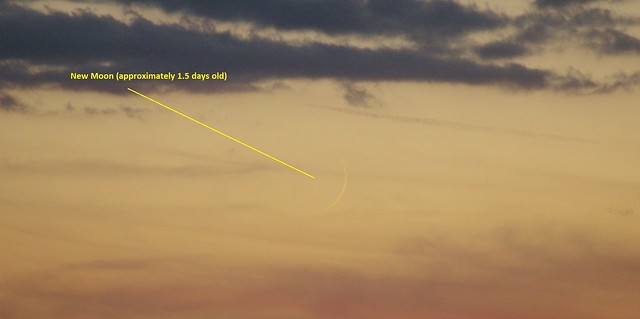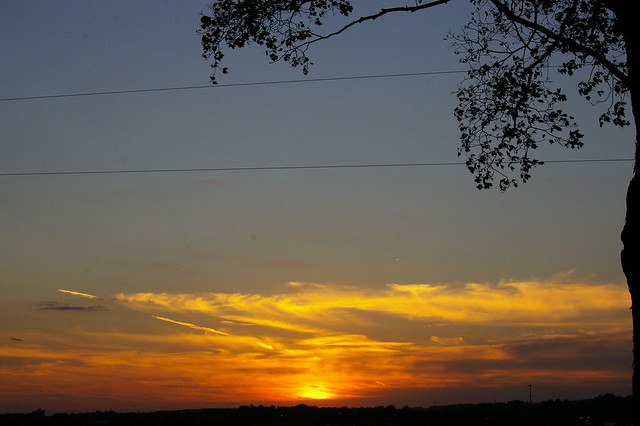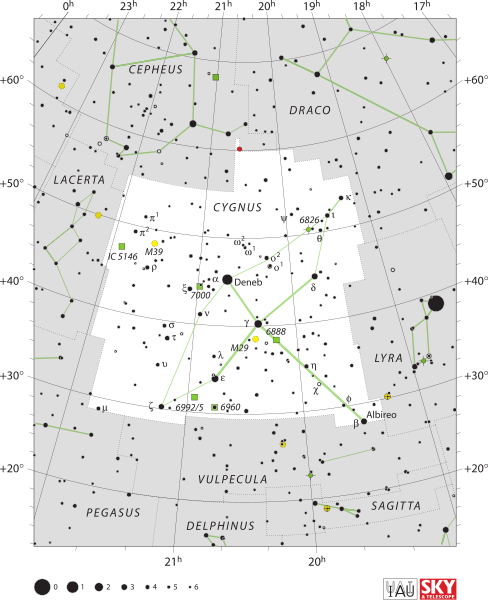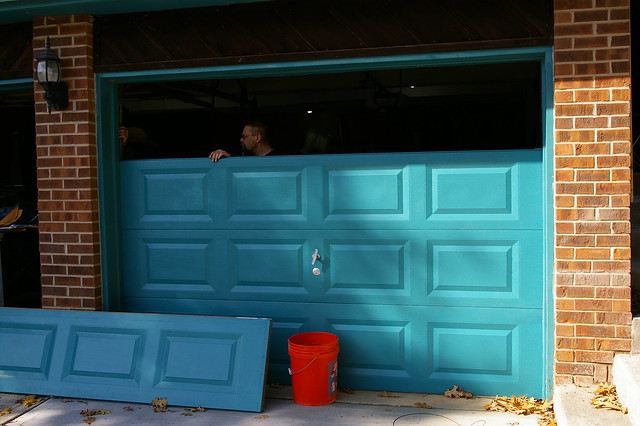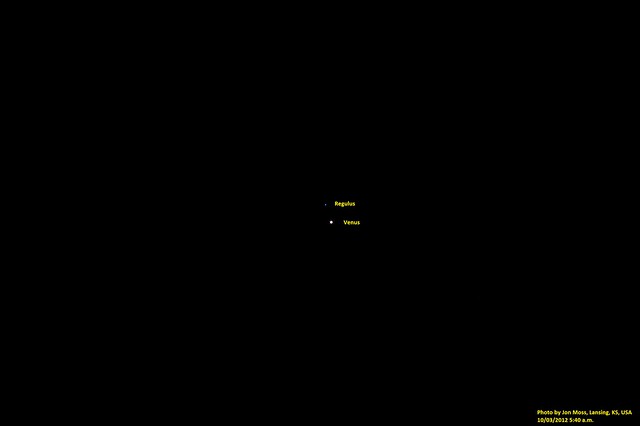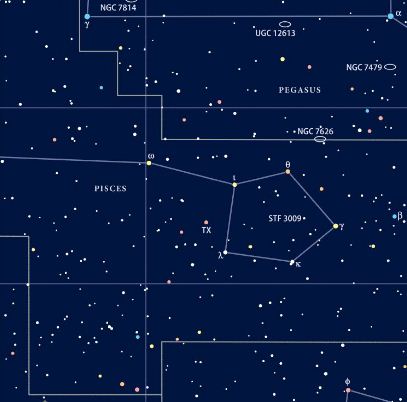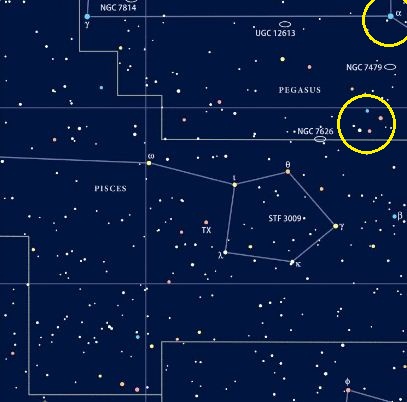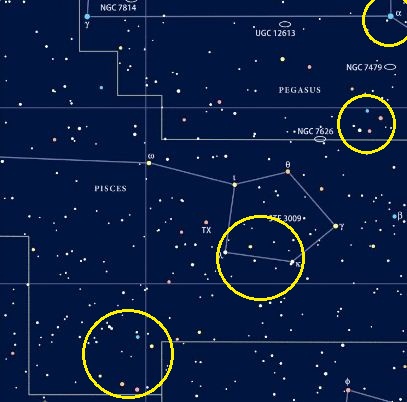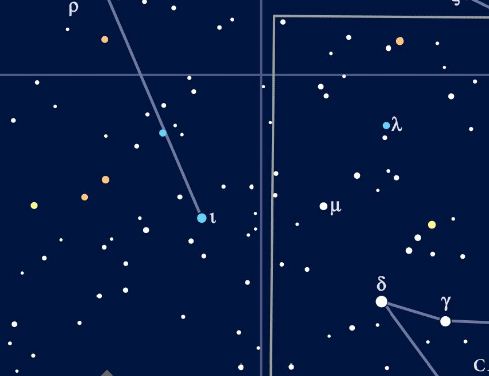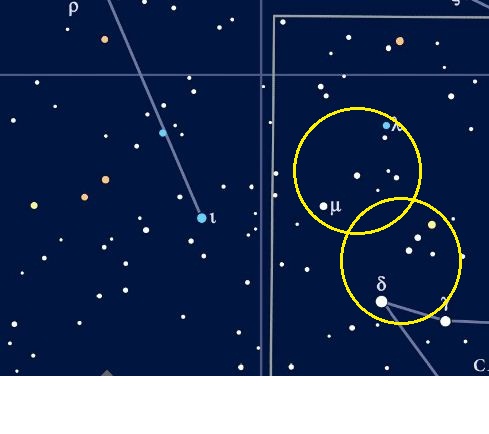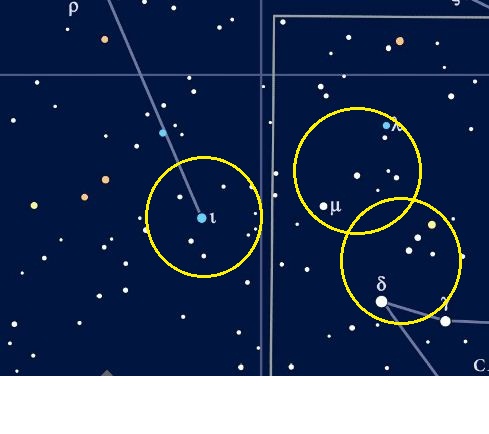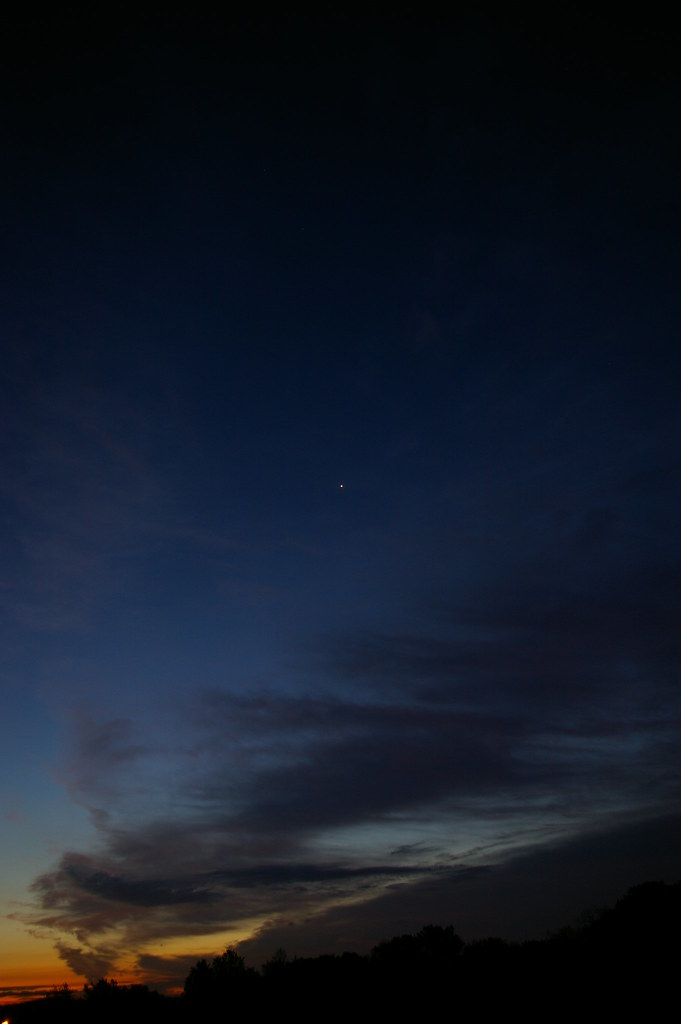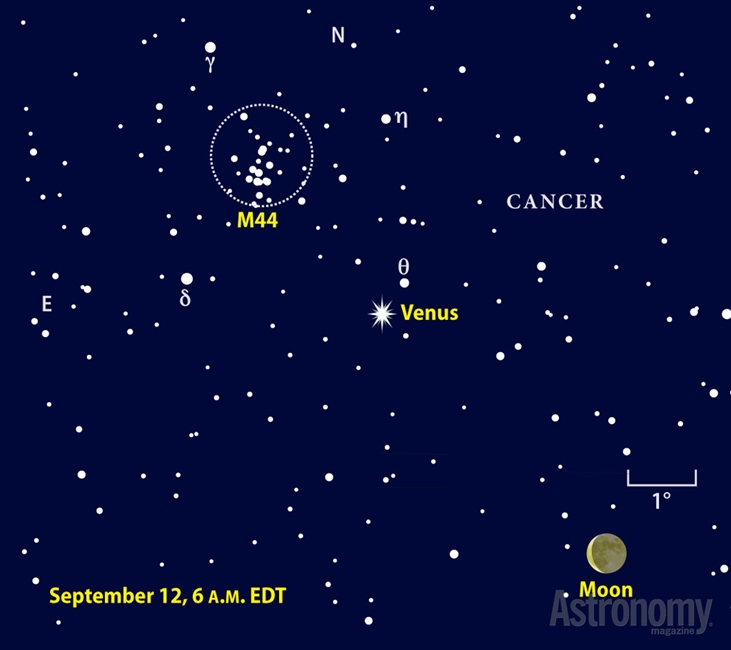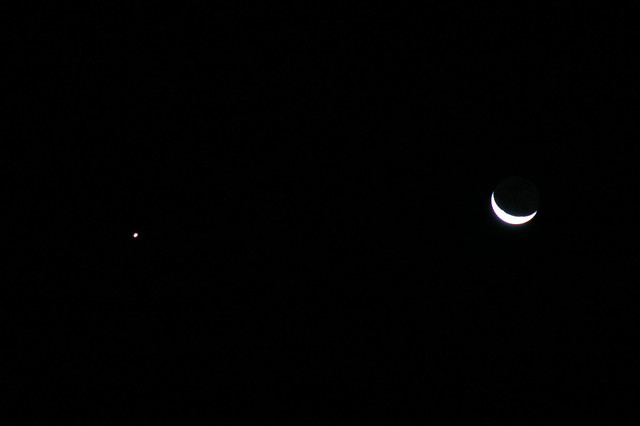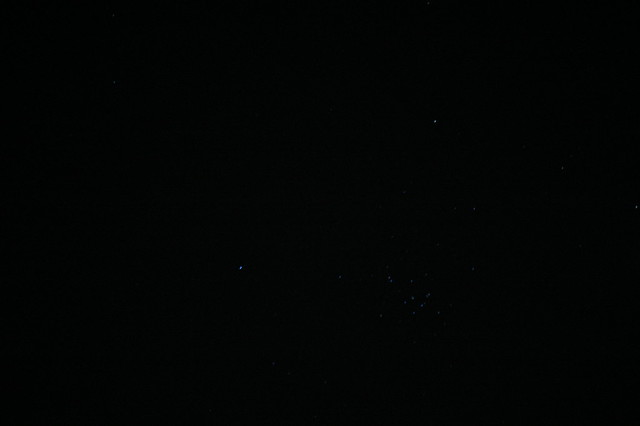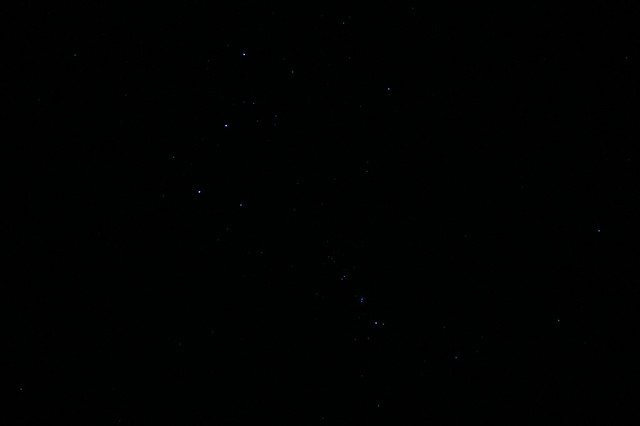The new moon occurs tomorrow just eight minute’s past four o’clock in the afternoon. I reviewed the sun rise and moon rise times for today, tomorrow and the next day as compared to the time the new moon happens. And, once again, the ‘holy grail’ of observing a moon less than one day from dying or one day new-born eludes me. Tomorrow morning, on the 13th of November, 2012, moon rise occurs at 6:41 a.m. Central, just twenty minutes before the sun rises. If that wasn’t ‘bad’ enough, I’ll be driving the van for the Tuesday commute to work at that time. My final rider pickup occurs at that time, so I may be able to take a couple of minutes with my binoculars to see if I can see the almost dead moon about eight hours before it is reborn as the new moon. I don’t have high hopes though, as twenty minutes before sun rise is quite bright and the eastern horizon will be hazy unless I’m extremely lucky. And the chance of catching any sign of the extremely young moon (less than an hour old by sun set tomorrow night) is even slimmer than the crescent moon would appear at that time.

I woke up knowing the temperatures had plummeted to the lower 20s overnight, leaving the sky crystal clear and killing the wind we’ve had for the past week. Since my kitchen is completely unusable for the next week or so, I decided to pack up the van for the Monday commute, start it up (since frost completely covered all the windows) and gather up my camera equipment for an pre-dawn frigid photo shoot of the nearly dead moon.
 I drove the still cold and nearly empty van up the hill to the dead-end in front of City Hall. I left the van running to continue the process of thawing out the windows and doors while I took the tripod and camera a few feet back up the hill to the east side lawn of City Hall. I could barely see the new risen moon through the leafless trees lining the south and southeastern horizon. I found a spot where the moon just clear the tree limbs and setup the camera equipment. I took my first photo at 5:47 a.m., about nineteen minutes after the moon rose (at 5:28 a.m.). I tried various settings and exposures, while trying to keep my hands warm and not shake the camera too much. I took several unsatisfactory photos for about ten minutes and then returned to the van. I needed to fill up the gas tank and get something warm to drink before heading south to pickup my first setup of riders. My local rider had the day off because he’s a federal employee and today is the day set aside to observe and honor our veterans.
I drove the still cold and nearly empty van up the hill to the dead-end in front of City Hall. I left the van running to continue the process of thawing out the windows and doors while I took the tripod and camera a few feet back up the hill to the east side lawn of City Hall. I could barely see the new risen moon through the leafless trees lining the south and southeastern horizon. I found a spot where the moon just clear the tree limbs and setup the camera equipment. I took my first photo at 5:47 a.m., about nineteen minutes after the moon rose (at 5:28 a.m.). I tried various settings and exposures, while trying to keep my hands warm and not shake the camera too much. I took several unsatisfactory photos for about ten minutes and then returned to the van. I needed to fill up the gas tank and get something warm to drink before heading south to pickup my first setup of riders. My local rider had the day off because he’s a federal employee and today is the day set aside to observe and honor our veterans.
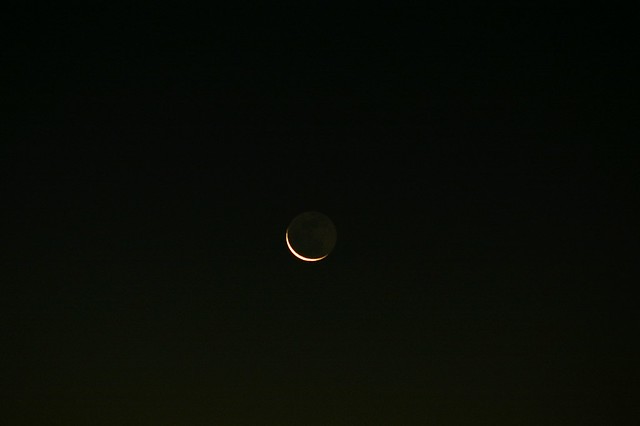
After filling up the van, I drove back up the hill so I could cross Main Street using the light between City Hall and the Library and just happened to look east again. I noticed the colors caused by twilight and pulled into the Library’s parking lot for a second photo shoot. I quickly reset up the camera and took another ten minutes worth of photos before continuing on to Scooters for a warm mocha and a caramel apple scone.
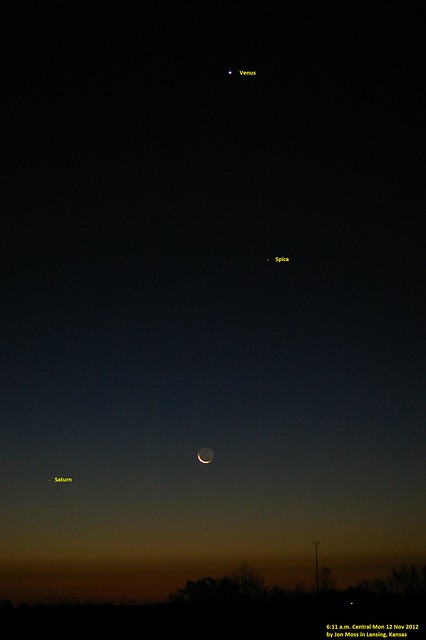
I downloaded the photos from the camera and reviewed them. I threw away most of the first photo shoot because I forget to set the two second delay timer and most of them were blurry. I logged into my Astronomy.com account and downloaded the sky dome for the east-southeastern horizon to confirm and label the objects photographed above.
I had completely forgotten that Saturn had finally come out from behind the sun to become visible once again in the early morning. In fact, Saturn rose just nine minutes after the moon did, although my camera did not capture it in my first photo shoot, probably because it was hiding behind some tree limbs.
I also photographed the Big Dipper, Orion, Canis Major and the Pleiades, but decided not to share the photos with anyone yet. Because I didn’t change from my telephoto lens to my normal one, I did not get all the stars in the handle of the Big Dipper nor did I capture all of the stars in Orion.
I’ll probably miss this weekend’s meteor shower, as I will be otherwise occupied during the day and not in a location that will provided dark enough skies to properly observe a shower. A solar eclipse occurs tomorrow, but only for those excessively lucky people who live in the South Pacific. For more of what’s up this week, visit Astronomy’s the Sky this Week website.

